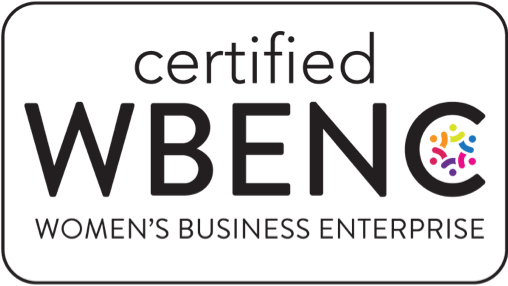Case study: Federal government
Facilitating a successful workforce transition and realignment through change management expertise

The client’s perspective
U.S. Customs and Border Protection (CBP) is the world’s first full-service border entity, and its Office of Border Patrol (OBP) has a focused mission: keeping terrorists and their weapons from entering the United States. The Facilities Management and Engineering’s (FM&E) Border Patrol Facilities and Tactical Infrastructure Program Management Office (BPFTI PMO) supports this effort by providing long-term planning, construction, and maintenance of various infrastructure projects. Program management plays a critical role in this setting, ensuring these offices collaborate effectively and each process is executed smoothly.
FM&E’s BPFTI PMO faced an organizational shift that involved assuming additional management tasks and growing its workforce by threefold. To successfully merge the new teams with current staff, and mitigate employee morale and retention risks, Eagle Hill Consulting was brought in to provide change management expertise and program management services to guide the absorption of different job roles, the integration of more geographic locations, and the adoption of a new set of administrative responsibilities ranging from payroll to equipment management.
A new view
Recognizing the complexities involved in this transition, our team was engaged to implement strategic change management into the integration process. A meticulously designed strategic outreach and communication plan was put in place. This involved adapting to the communication preferences of a diverse workforce, which included mechanics, welders, and heavy equipment operators unaccustomed to digital correspondence.
The blending of staff from different professional backgrounds necessitated a deep dive into role definitions and expectations. To do so, our team set up a Roles and Responsibilities Integrated Project Team. Leaning on project management fundamentals, we conducted structured interviews and in-depth analysis, ensuring a harmonious merging of roles and responsibilities across the board.
Another essential aspect of the transition was reviewing and updating operational processes. We guided the review of four key process areas, beginning with an assessment to determine the current state of each area. Subject matter experts were consulted, leading to the generation of updated policies and procedures. This exercise was pivotal in standardizing processes in line with the new organizational structure.
The intricate details of wage schedules, human resources, and other supporting functions were managed adeptly, thanks to a well-structured approach rooted in change management expertise, collaboration, effective communication, and program management.
Unconventional consulting—and breakthrough results
The effort led by BPFTI PMO was recognized with a Commissioner’s Mission Integration Award. A testament to the efficiency of the cross-organizational approach, this award highlighted the organizational excellence achieved through meticulous planning, seamless communication, and the effective application of change management principles.
The accomplishment underscores the importance of applying change management fundamentals in managing complex transitions. Through the diligent application of these principles, BPFTI PMO not only succeeded in the immediate transition but also set a precedent for operational excellence for years to come.

